I have a a project name drop-down list, and based on the selected value a schema drop-down list is generated.
After the schema list is generated, there is a 'choose file' option where a script name is chosen which is to be run on multiple schemas.
Both the project list values and the schema list values are stored in the database. There is another table in the database where the schema credentials are stored.
I want to know that how create connections on those multiple schemas, and how to run a script in multiple schemas selected from that schema drop-down list.
I have executed the code in one schema using iBatis framework using scriptrunner method.
Table 1: ProjectName
PROJECT_PK,
PROJECT_CODE,
PROJECT_NAME
Table2: ComponentName
COMPONENT_PK,
COMPONENT_CODE,
COMPONENT_NAME,
PROJECT_PK
Table 3: SchemaName (This table contains the credentials of Other Schemas)
SCHEMA_PK,
SCHEMA_NAME,
PASSWORD,
ORACLE_SID,
HOST_NAME,
PORT_ID
Table 4: PROJECT_DETAIL
PROJECT_DETAIL_PK,
COMPONENT_PK,
SCHEMA_PK
Table5: COMPONENT_DETAILS
COMPONENT_DETAILS_PK,
PROJECT_PK,
SCHEMA_PK
I am attaching the scenario image.
